Issey Miyake installs pleating machine at Homme Plissé Tokyo flagship

The silver machine hums quietly as it sets to work: two large rolls of white paper slowly rotate as an orange top is inserted between them, its alignment guided by green lights, before emerging on the other side just minutes later – perfectly pleated. This is a spectacle that will now unfold regularly at the first flagship store for Homme Plissé Issey Miyake, which has just opened its doors in Tokyo’s Minami-Aoyama district.
In a first for the Japanese brand, the pleating machine – used to create Issey Miyake’s signature pleated fabric – will be on full display to customers, behind walls of glass at the rear of the store. Issey Miyake has long been famed for its pleating technology, which tends to be shrouded in industry secrecy (a pleating machine has only been on public display once before, during a major 2016 exhibition celebrating Issey Miyake’s work at the National Art Center in Tokyo).
The flagship interiors were created by Tokyo-based designer Yoshioka Tokujin, a decades-long Miyake collaborator (this is, impressively, his 17th store). Fusing the high-tech with the handcrafted, the store concept was inspired by the concept of monozukuri no gemba – ‘making things'. Spanning 225sq m in a 1970s building, the store covers an area where, until recently, three clothing shops were located, with Tokujin knocking down interior walls to create an open, airy space.
A sense of lightness is bolstered by raw concrete walls whose exposed markings create an almost impressionistic feel, with paint-like daubs and industrial etchings in natural shades of white, grey, cream and peach – a perfect foil for the jewel-like pops of colour from the minimally-curated Homme Plissé collections on display. Added to the mix are mirror panels; soft grey wool cubed seating; and matte black steel clothing rails – clean-lined, graphic and angular – that appear to float weightlessly in the air, alongside seamlessly swiveling hangers.
RELATED STORY
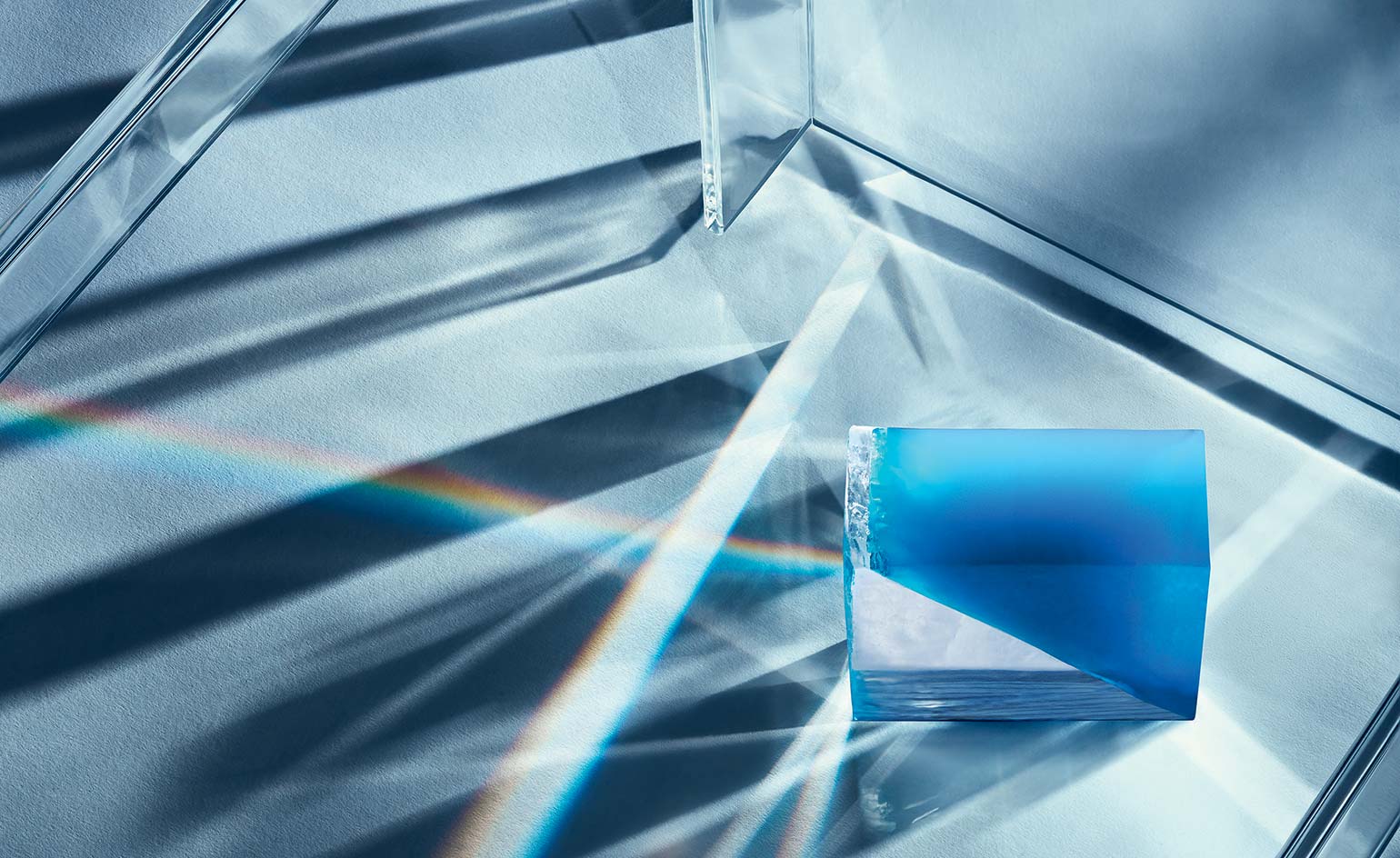
‘I tried to keep the original texture of the building,' Tokujin tells Wallpaper* ahead of the opening. ‘I wanted to express the feeling that time has passed. I think that designing a space is changing today because now you can buy everything online. I wanted to give value to customers coming into the shop. So I created a special space for the pleating machine, so that visitors can watch and experience the excitement of making things in front of them.'
Exclusive to the store is the limited edition COLOR collection of long-sleeved T-shirts in ten shades, with a new black ‘Aoyama' logo designed by art director Katsumi Asaba on the back – all pleated on-site, behind a wall of glass. Each garment is cut and sewn to 1.5 times its final size, before being fed into the 1997 silver-painted Kyoto-made pleating. Labels are sewn in before they are wrapped in packaging made from used white pleating paper. The pleating is carried out by two Issey Miyake engineers (they normally work at Issey Miyake’s Pleats Kobo – a Tokyo design laboratory devoted to fabric pleating) clad stylishly, of course, in top-to-toe pleats, from caps to jumpsuits.
The new flagship cements Minami-Aoyama’s status as a mecca for all things Issey Miyake. The street is already home to over half a dozen of their stores – from Issey Miyake, Pleats Please and HaaT to Reality Lab Issey Miyake (located on the site of Miyake’s first 1976 shop).
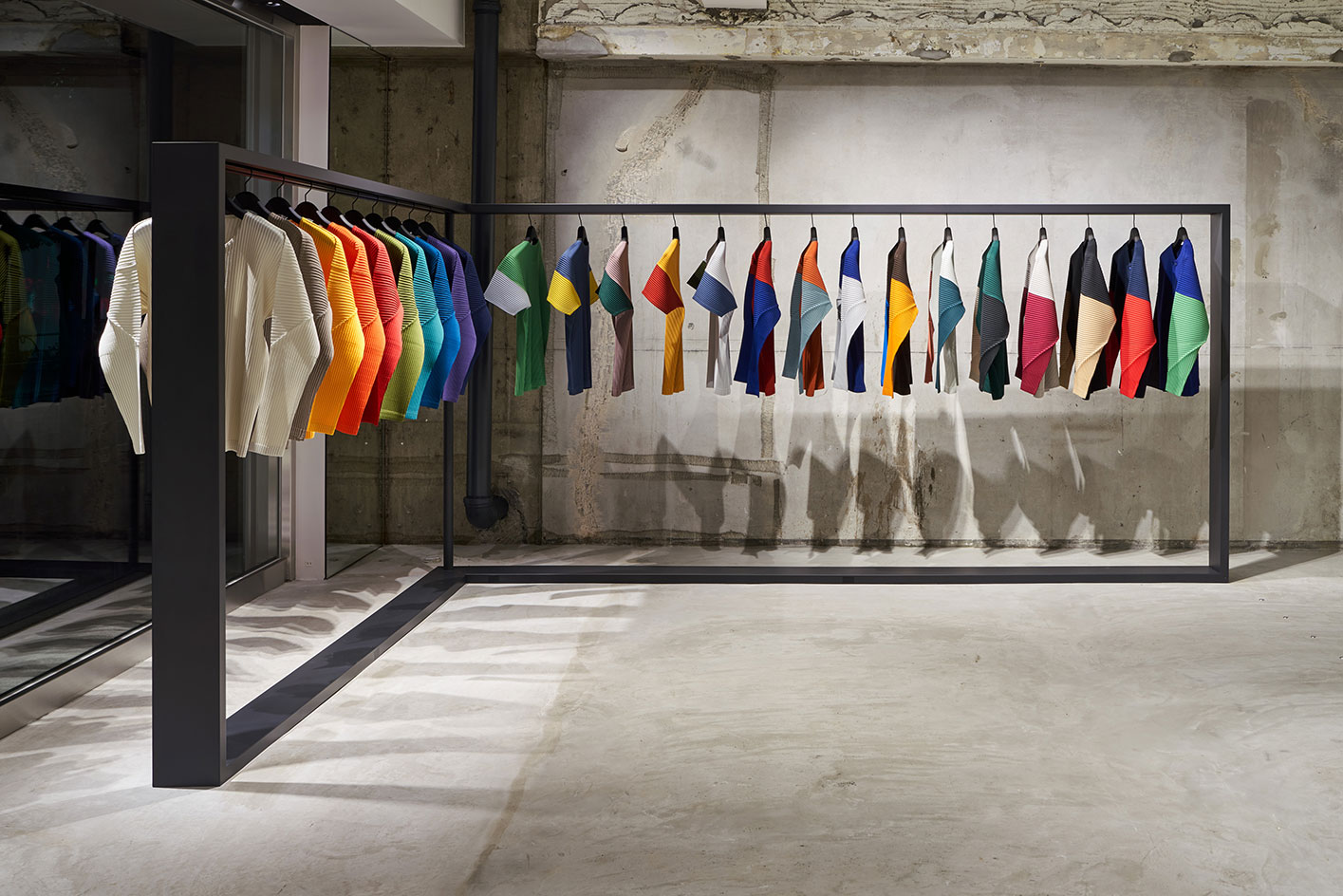
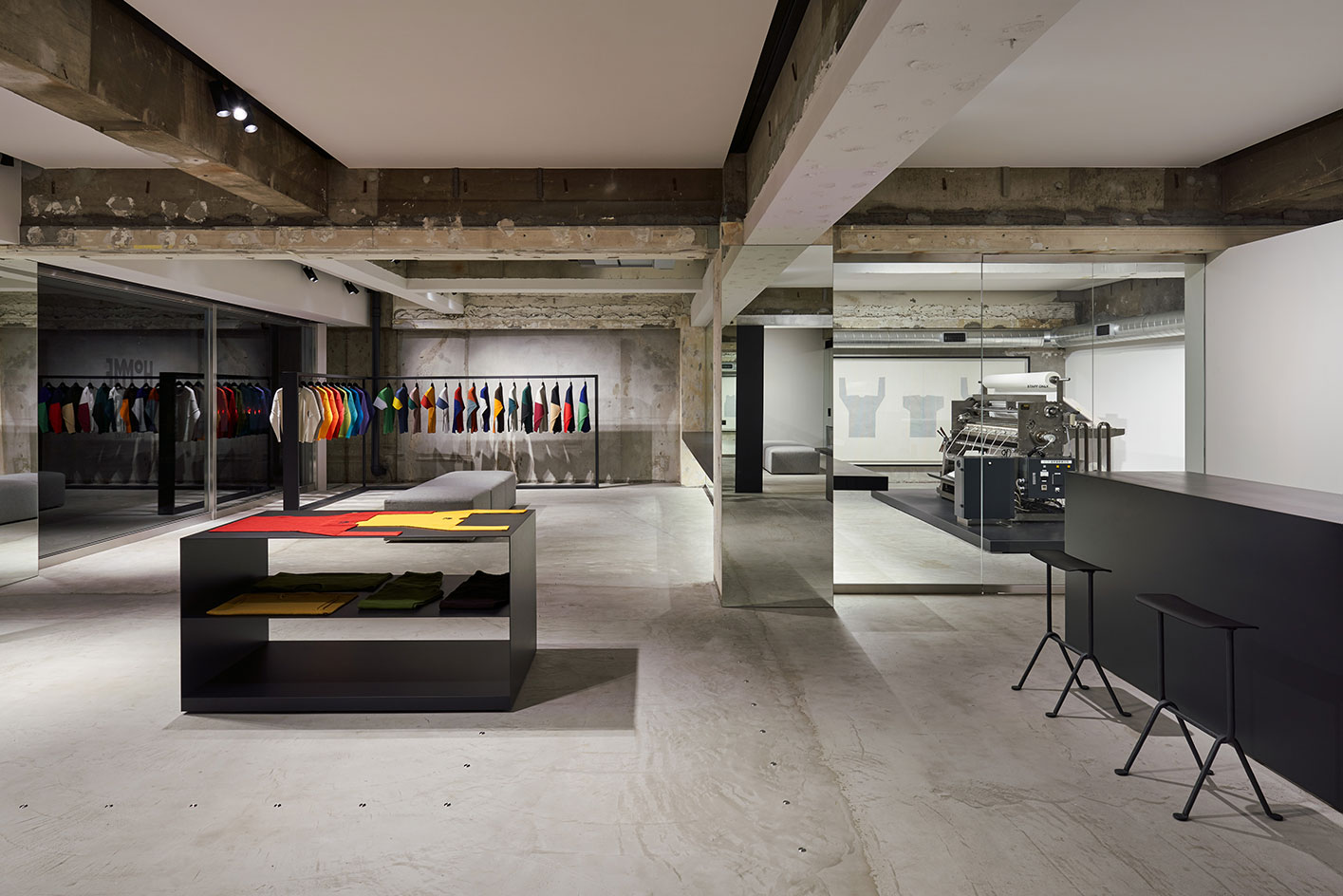
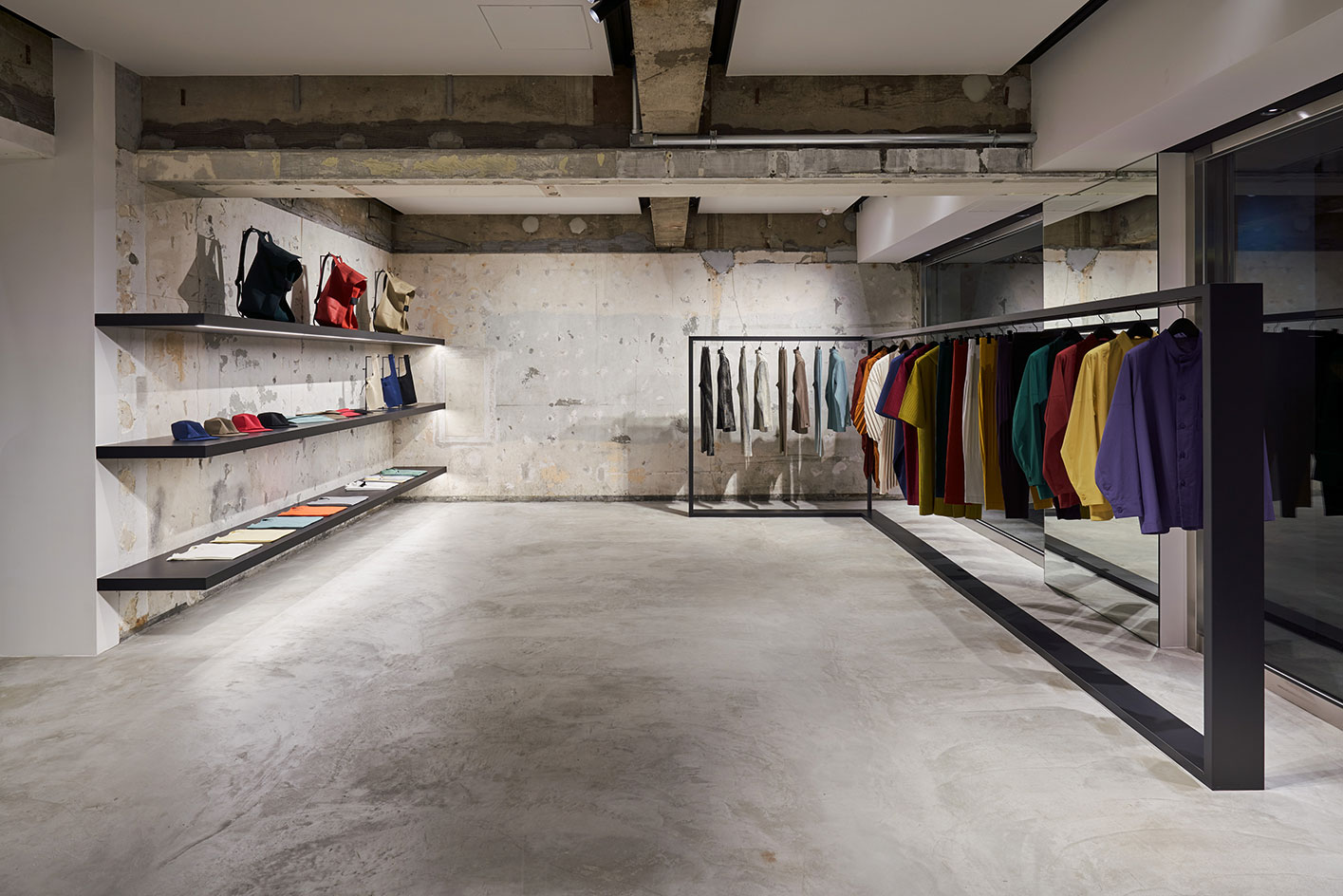
INFORMATION
isseymiyake.com
ADDRESS
3-18-14 Minami-Aoyama
Minato-ku, Tokyo
Japan
Receive our daily digest of inspiration, escapism and design stories from around the world direct to your inbox.
Danielle Demetriou is a British writer and editor who moved from London to Japan in 2007. She writes about design, architecture and culture (for newspapers, magazines and books) and lives in an old machiya townhouse in Kyoto.
Instagram - @danielleinjapan
-
 The Bombardier Global 8000 flies faster and higher to make the most of your time in the air
The Bombardier Global 8000 flies faster and higher to make the most of your time in the airA wellness machine with wings: Bombardier’s new Global 8000 isn’t quite a spa in the sky, but the Canadian manufacturer reckons its flagship business jet will give your health a boost
-
 A former fisherman’s cottage in Brittany is transformed by a new timber extension
A former fisherman’s cottage in Brittany is transformed by a new timber extensionParis-based architects A-platz have woven new elements into the stone fabric of this traditional Breton cottage
-
 New York's members-only boom shows no sign of stopping – and it's about to get even more niche
New York's members-only boom shows no sign of stopping – and it's about to get even more nicheFrom bathing clubs to listening bars, gatekeeping is back in a big way. Here's what's driving the wave of exclusivity
-
 ‘It feels like something out of a movie’: Studio I-IN designs the Tokyo office for Japanese haircare brand Kinujo
‘It feels like something out of a movie’: Studio I-IN designs the Tokyo office for Japanese haircare brand KinujoStudio I-IN’s design for the head office of Tokyo-based haircare brand Kinujo includes a striking hemispheric desk, a fluted marble wall and porous natural lighting
-
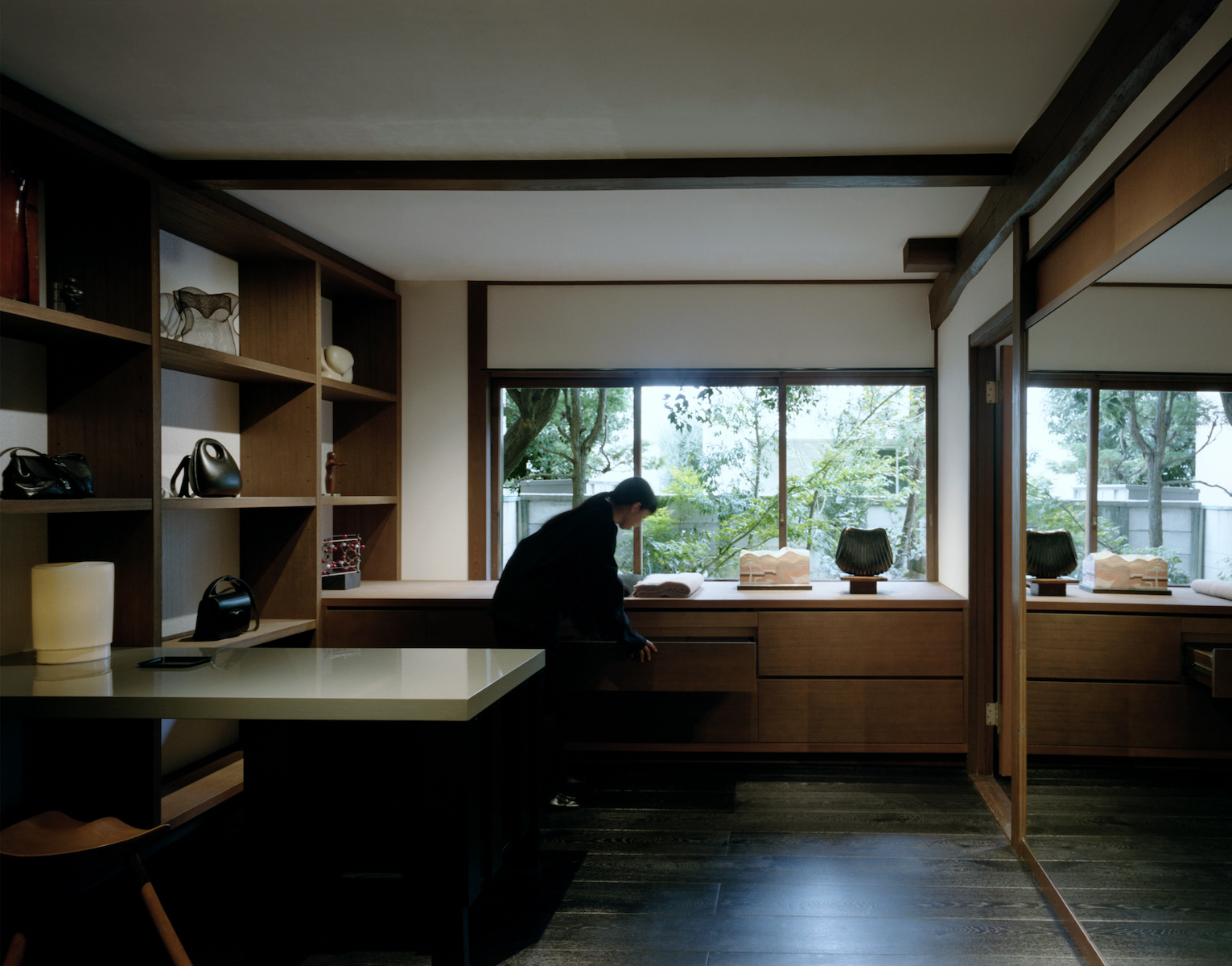 Tranquil and secluded, Lemaire’s new Tokyo flagship exudes a sense of home
Tranquil and secluded, Lemaire’s new Tokyo flagship exudes a sense of homeIn Tokyo’s Ebisu neighbourhood, Lemaire’s tranquil new store sees the French brand take over a former 1960s home. Co-artistic directors Christophe Lemaire and Sarah-Linh Tran tell Wallpaper* more
-
 Discothèque perfumes evoke the scent of Tokyo in the year 2000
Discothèque perfumes evoke the scent of Tokyo in the year 2000As Discothèque gets ready to launch its first perfume collection, Mary Cleary catches up with the brand’s founders
-
 The Wallpaper* S/S 2025 trend report: ‘A rejection of the derivative and the expected’
The Wallpaper* S/S 2025 trend report: ‘A rejection of the derivative and the expected’Wallpaper* fashion features editor Jack Moss unpacks five trends and takeaways from the S/S 2025 shows, which paid ode to individual style and transformed the everyday
-
 Le Sel d’Issey: the sacred ‘energy of salt’ inspires Issey Miyake’s new fragrance for men
Le Sel d’Issey: the sacred ‘energy of salt’ inspires Issey Miyake’s new fragrance for menAs Issey Miyake’s Le Sel d’Issey launched in Tokyo this week, we spoke with Tokujin Yoshioka about his ‘radiant’ bottle design and the scent's sacred and salty inspiration
-
 The A/W 2024 menswear collections were defined by a ‘new flamboyance’
The A/W 2024 menswear collections were defined by a ‘new flamboyance’Sleek and streamlined ensembles imbued with a sense of performance take centre stage in ‘Quiet on Set’, a portfolio of the A/W 2024 menswear collections photographed by Matthieu Delbreuve
-
 In fashion: the defining looks and trends of the A/W 2024 collections
In fashion: the defining looks and trends of the A/W 2024 collectionsWe highlight the standout moments of the A/W 2024 season, from scrunched-up gloves and seductive leather ties to cocooning balaclavas and decadent feathers
-
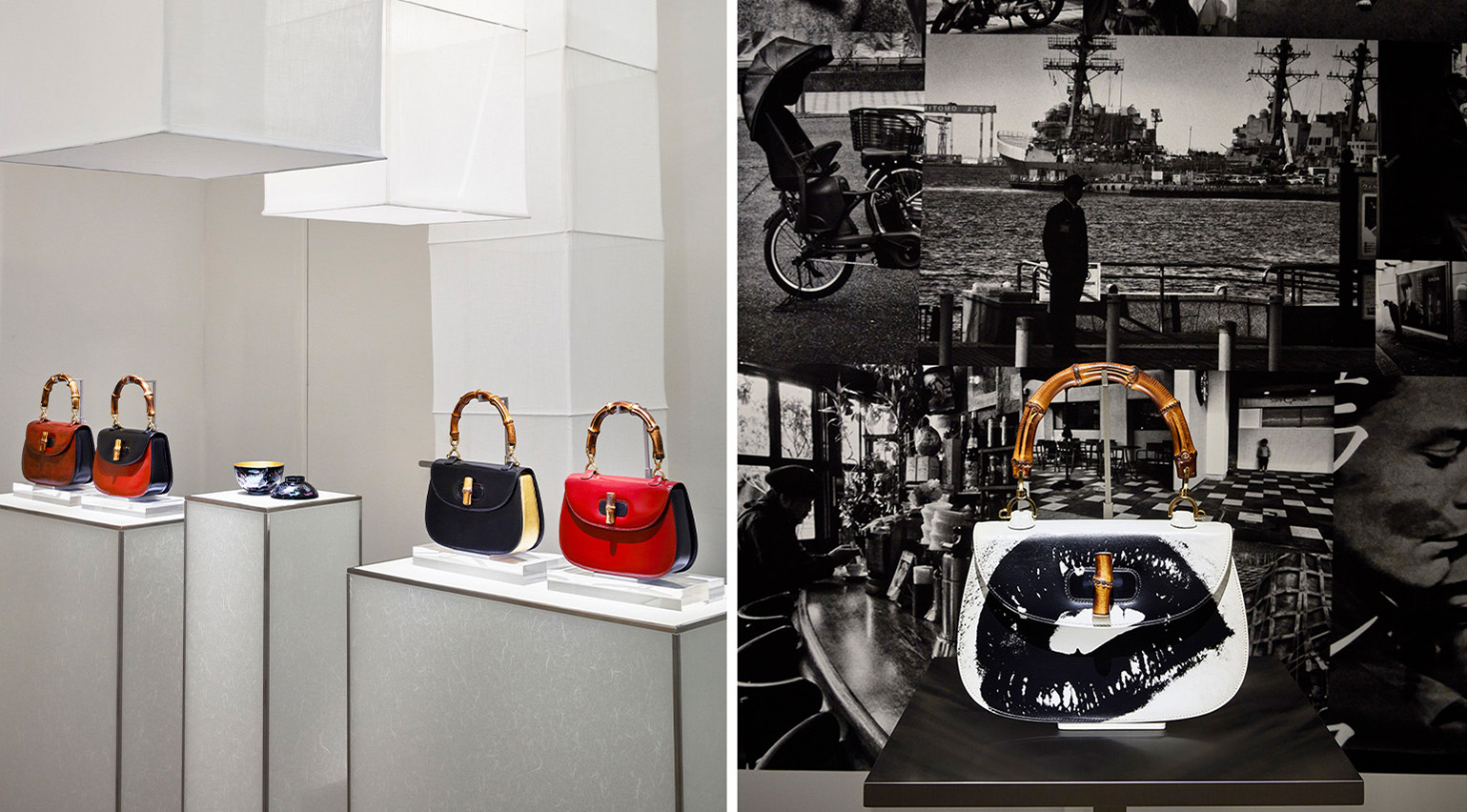 In Tokyo, Gucci drafts local artisans to reimagine the Bamboo 1947 bag
In Tokyo, Gucci drafts local artisans to reimagine the Bamboo 1947 bagGucci’s ‘Then and Now’ exhibition in Tokyo celebrates 60 years of the Italian house’s presence in Japan. Here, local artisans tell Wallpaper* the story behind their contribution